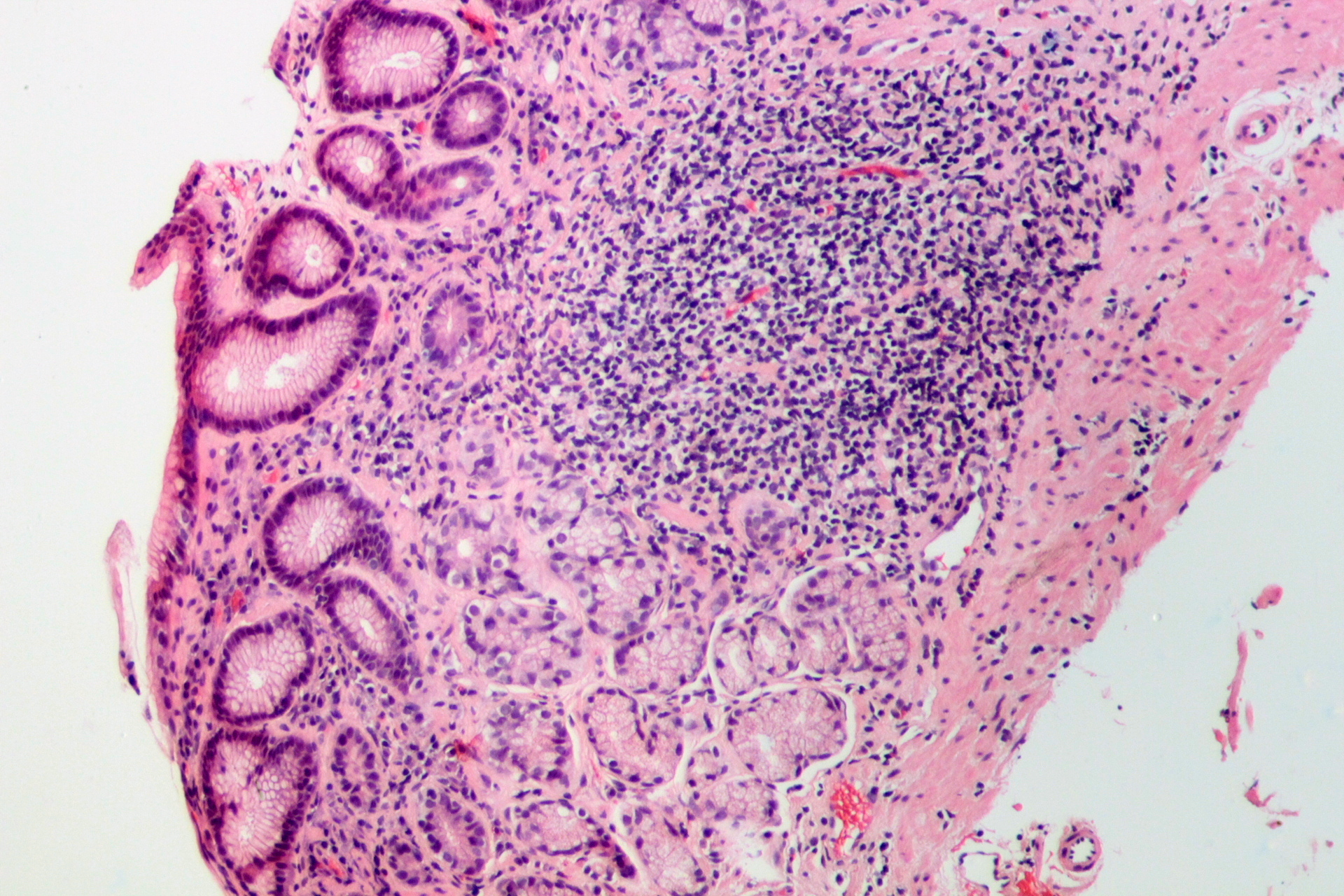H. pylori Infection: Understanding Changes in Stool Appearance
Introduction:
Helicobacter pylori, commonly known as H. pylori, is a type of bacteria that can infect the stomach and small intestine, leading to a spectrum of gastrointestinal symptoms. While this infection is often associated with various digestive issues, including abdominal pain and discomfort, it’s crucial to delve deeper into the nuanced relationship between H. pylori and changes in stool appearance. In this article, we will explore the intricacies of H. pylori infection, its common symptoms, and the potential impact on the characteristics of stools.
Understanding H. pylori Infection
H. pylori infection is a prevalent bacterial infection, affecting millions of people worldwide. The bacteria are well-adapted to survive in the acidic environment of the stomach, making it a persistent and challenging infection to treat. Transmission typically occurs through person-to-person contact, and once established in the stomach lining, H. pylori can lead to chronic inflammation, potentially causing various gastrointestinal symptoms.
Common Symptoms of H. pylori Infection:
- Abdominal Pain:
A hallmark symptom of H. pylori infection is abdominal pain or discomfort. This pain is often described as a burning sensation in the stomach and may be more pronounced when the stomach is empty. - Nausea and Vomiting:
Individuals with H. pylori infection may experience nausea and, in some cases, vomiting. These symptoms can contribute to dehydration and further complications if left untreated. - Changes in Appetite:
H. pylori infection can impact appetite, leading to a decreased desire to eat. This can result in unintended weight loss and nutritional deficiencies over time. - Bloating and Fullness:
Many people infected with H. pylori report feelings of bloating and fullness, even after consuming small amounts of food. This can contribute to discomfort and affect daily activities. - Changes in Stool Characteristics:
H. pylori infection can also influence the appearance of stools. While changes in stool color, consistency, and odor can occur, it’s crucial to note that these changes are not exclusive to H. pylori and can be associated with various other gastrointestinal conditions.
Changes in Stool Appearance and What to Look For:
- Color Changes:
Stool color can be influenced by various factors, including diet, medications, and underlying health conditions. In the case of H. pylori infection, there may be subtle changes in stool color. Some individuals report darker or lighter stools, although these changes are not specific to H. pylori and can be caused by other factors. - Consistency and Texture:
H. pylori infection can lead to inflammation in the stomach and small intestine, affecting the digestive process. This may result in changes in stool consistency. Some individuals may experience diarrhea, while others may have constipation. It’s essential to note that these changes are nonspecific and can be attributed to a range of gastrointestinal issues. - Presence of Blood:
In more severe cases of H. pylori infection, there may be traces of blood in the stool. This can manifest as dark, tarry stools (melena) or visible red blood. However, it’s crucial to recognize that blood in the stool can be a sign of various gastrointestinal conditions, and consultation with a healthcare professional is necessary for an accurate diagnosis. - Foul Odor:
Changes in stool odor can occur with gastrointestinal infections, including H. pylori. While it’s not a definitive sign of the infection, an unusually foul or persistent odor may prompt further investigation.
Conclusion
Deciphering changes in poop appearance associated with H. pylori infection requires a comprehensive understanding of the diverse symptoms and their potential causes. While alterations in stool color, consistency, and other characteristics may be observed in individuals with H. pylori, these changes are nonspecific and can occur with various gastrointestinal conditions.
It’s crucial to emphasize that self-diagnosis based on stool appearance alone is not reliable. If you suspect an H. pylori infection or experience persistent gastrointestinal symptoms, seeking medical attention is essential. A healthcare professional can conduct appropriate diagnostic tests, such as a breath test, blood test, or endoscopy, to confirm the presence of H. pylori and develop an effective treatment plan.
In summary, while changes in stool appearance may be associated with H. pylori infection, a comprehensive evaluation by a healthcare provider is necessary for an accurate diagnosis and appropriate management of gastrointestinal symptoms. Early detection and intervention can significantly improve outcomes and promote digestive health.
Changes in Stool Appearance and What to Look For:
- Color Changes:
Stool color can be influenced by various factors, including diet, medications, and underlying health conditions. In the case of H. pylori infection, there may be subtle changes in stool color. Some individuals report darker or lighter stools, although these changes are not specific to H. pylori and can be caused by other factors. - Consistency and Texture:
H. pylori infection can lead to inflammation in the stomach and small intestine, affecting the digestive process. This may result in changes in stool consistency. Some individuals may experience diarrhea, while others may have constipation. It’s essential to note that these changes are nonspecific and can be attributed to a range of gastrointestinal issues. - Presence of Blood:
In more severe cases of H. pylori infection, there may be traces of blood in the stool. This can manifest as dark, tarry stools (melena) or visible red blood. However, it’s crucial to recognize that blood in the stool can be a sign of various gastrointestinal conditions, and consultation with a healthcare professional is necessary for an accurate diagnosis. - Foul Odor:
Changes in stool odor can occur with gastrointestinal infections, including H. pylori. While it’s not a definitive sign of the infection, an unusually foul or persistent odor may prompt further investigation.
Conclusion
Deciphering changes in poop appearance associated with H. pylori infection requires a comprehensive understanding of the diverse symptoms and their potential causes. While alterations in stool color, consistency, and other characteristics may be observed in individuals with H. pylori, these changes are nonspecific and can occur with various gastrointestinal conditions.
It’s crucial to emphasize that self-diagnosis based on stool appearance alone is not reliable. If you suspect an H. pylori infection or experience persistent gastrointestinal symptoms, seeking medical attention is essential. A healthcare professional can conduct appropriate diagnostic tests, such as a breath test, blood test, or endoscopy, to confirm the presence of H. pylori and develop an effective treatment plan.
In summary, while changes in stool appearance may be associated with H. pylori infection, a comprehensive evaluation by a healthcare provider is necessary for an accurate diagnosis and appropriate management of gastrointestinal symptoms.


